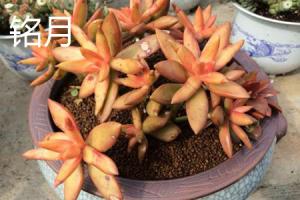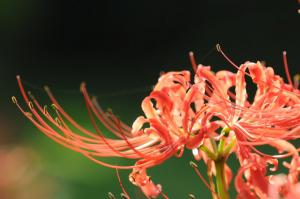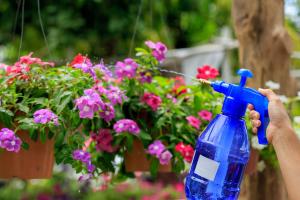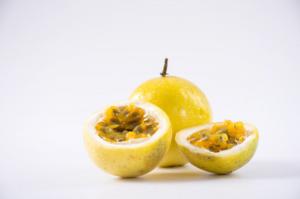Why Water Plants Float on Water
Water plants are fascinating and beautiful aquatic organisms that thrive in freshwater habitats such as ponds, lakes, and rivers. One interesting aspect of water plants is their ability to float on the surface of the water. This phenomenon intrigues many people and raises the question of "why do water plants float on water?" In this article, we will explore the reasons behind this natural occurrence and understand the various mechanisms involved.
Buoyancy
The primary reason why water plants float on water is buoyancy. Buoyancy is the ability of an object to float in a fluid, either due to its density or its shape. Water plants have a lower density compared to water, which enables them to stay afloat on the water's surface. The main structural element that helps water plants float is air space.
Water plants have specialized structures in their leaves, stems or roots that allow air to enter and accumulate, forming air spaces or pockets. These air pockets provide the necessary buoyancy to keep the plant afloat. These structures vary between plant species, but one common example is the spongy parenchyma tissue found in water hyacinths which helps them stay on the water's surface. Thus, the air pockets within their structures reduce the density of plants and allow them to float on water.
The Role of Dispersal
Another important reason why water plants float on water is dispersal. Water plants need to spread their seeds to other locations to reproduce effectively. The air pockets contained within their structure allow these plants to travel greater distances without becoming waterlogged and sinking. Also, these floating plants create patches of vegetation along riverbanks or calm water that offer habitats for other aquatic organisms. A good example of this dispersal mechanism is the water lily, a plant that spreads its large, watertight seeds to other water bodies by floating.
Adaptation to Low-Light Environments
Water plants that float on water also have an adaptation to low-light environments. Since their leaves are often floating on top of the water's surface, they can receive more sunlight for photosynthesis compared to plants growing underwater. Additionally, floating water plants can quickly adjust their position on the water's surface to capture more light, making them better competitors for light among other underwater plants.
Conclusion
The ability of water plants to float on water is an interesting and important phenomenon. Through this article, we have learned that buoyancy, dispersal, and adaptation to low-light environments are the primary reasons why water plants float. Understanding these mechanisms can help us appreciate the diversity of life and the many ways in which organisms adapt to their environments.

 how many times do yo...
how many times do yo... how many planted tre...
how many planted tre... how many pine trees ...
how many pine trees ... how many pecan trees...
how many pecan trees... how many plants comp...
how many plants comp... how many plants can ...
how many plants can ... how many plants and ...
how many plants and ... how many pepper plan...
how many pepper plan...































